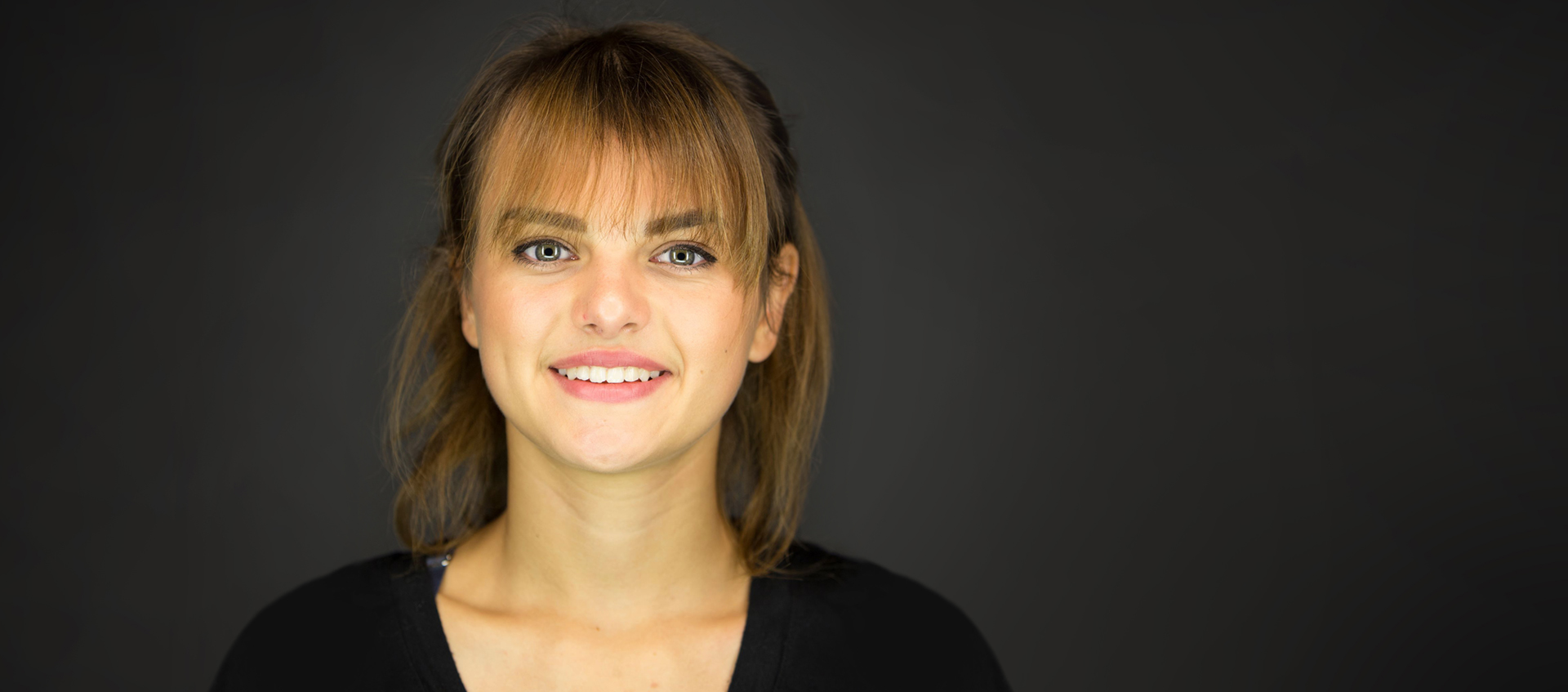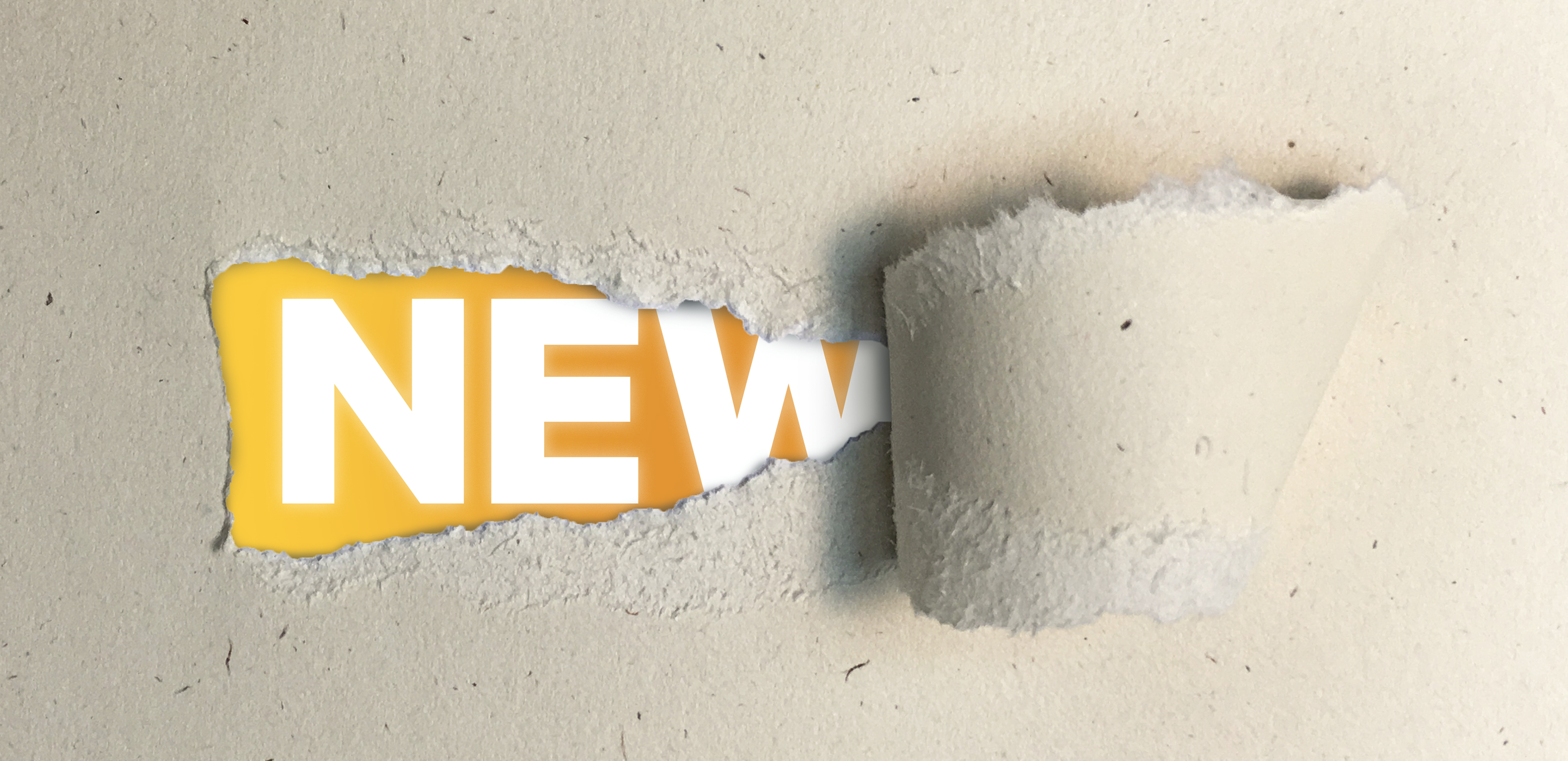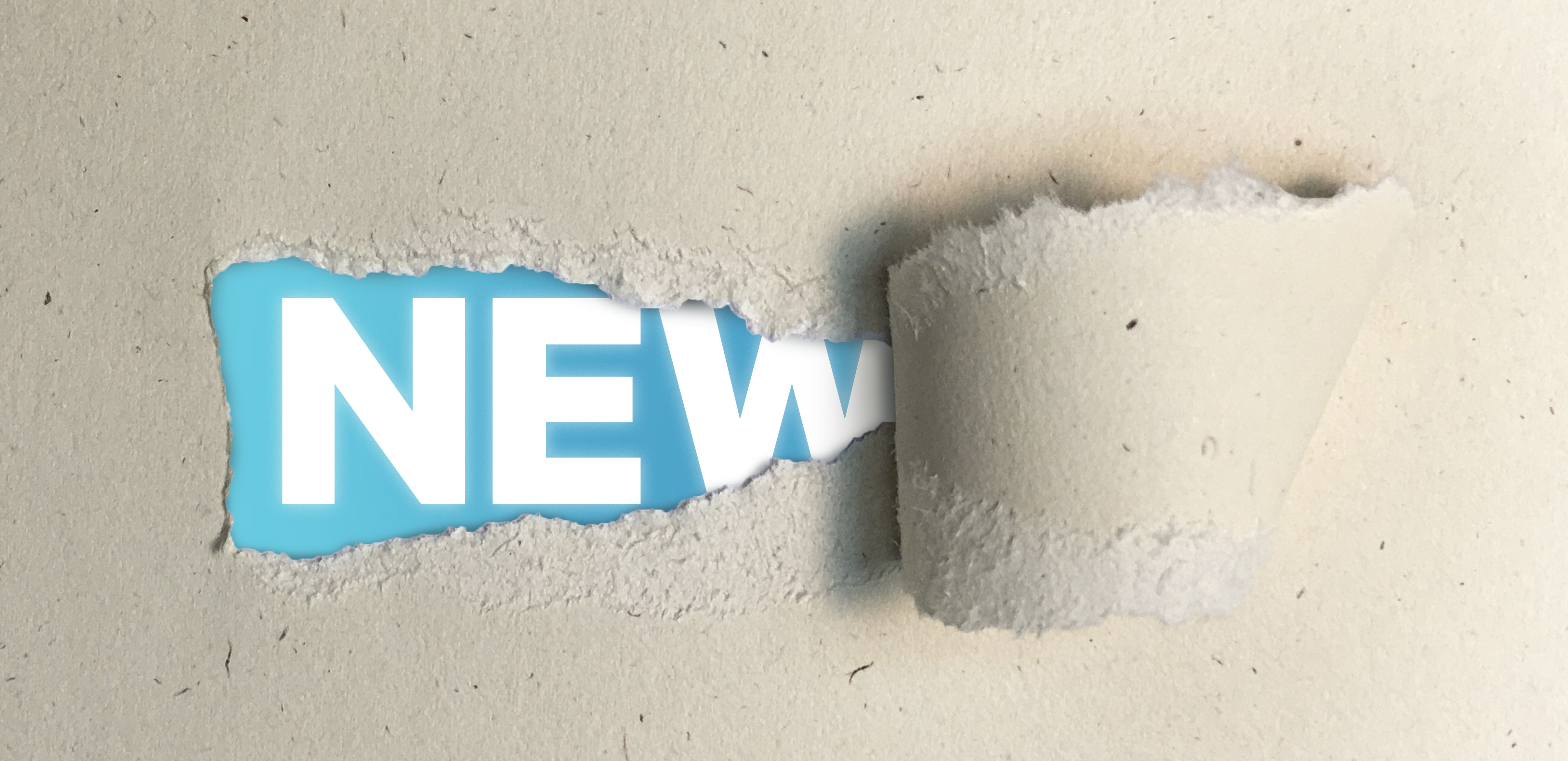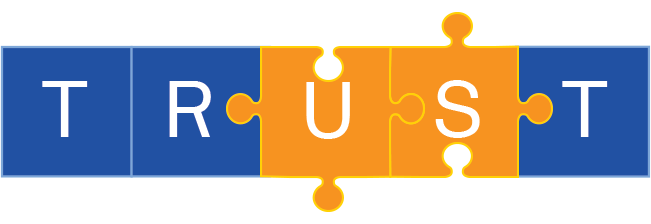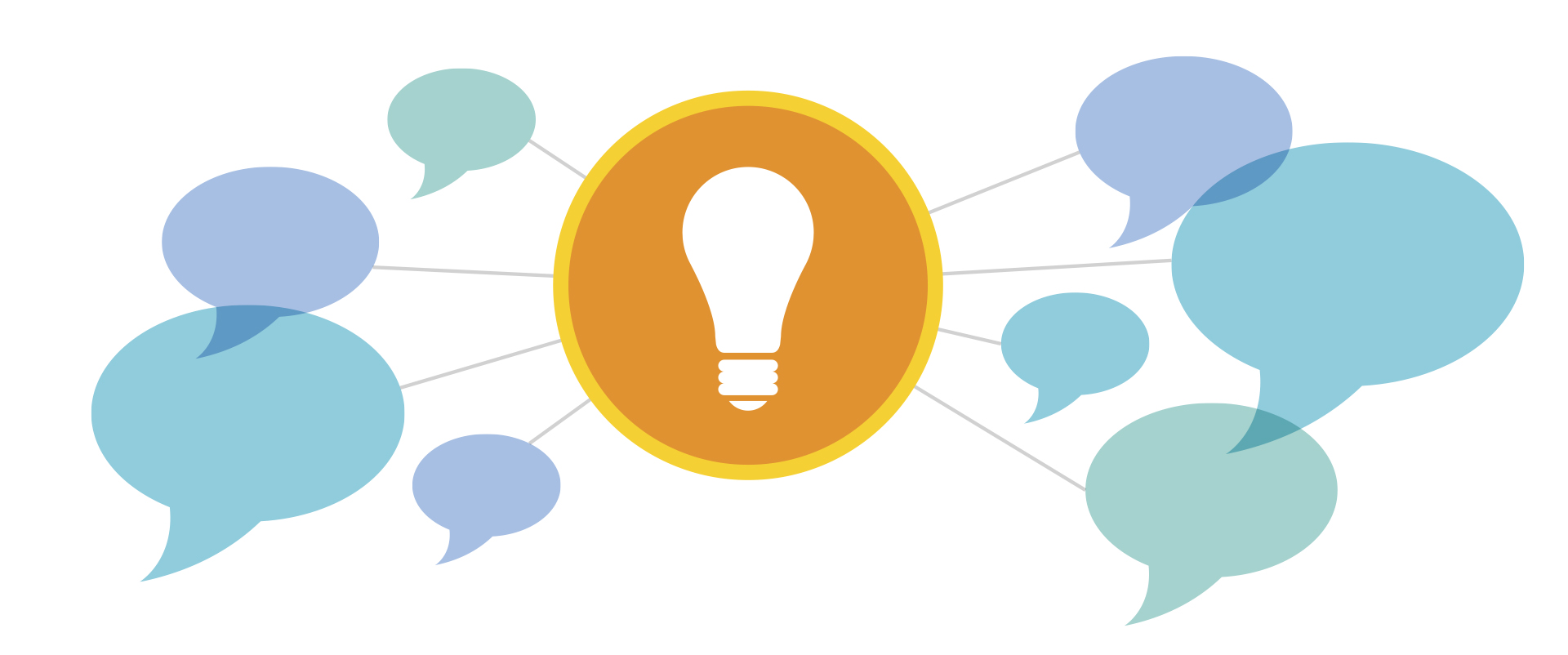Over our past 30+ year history Dever Designs has been called to the rescue numerous times—hired by a diverse range of clients to resolve design problems where others had failed. From logo development and brand standards, to magazine designs and exhibits, we’ve successfully saved projects for numerous clients. The primary reason we were successful where others were not is, in a word, PROCESS. The best creative teams in the world may miss the mark and create inappropriate solutions if they don’t have a well-defined, focused target they’re working toward. Our mantra is, the better you define the problem, the clearer the solution becomes.
Collaborative Creativity
Our process is designed to make every project a success, with ongoing communication from start to finish. Working directly with our designer/project managers, you will have the opportunity to define, give feedback, and provide valuable input at key stages throughout the creative process.
Listen. We start by actively listening to your needs, asking the important questions to facilitate a discussion that reviews all your project’s parameters and goals. We involve all the key stakeholders and decision-makers up front to build a consensus point of view early in the process and avoid surprises later. Often, we create a problem/solution statement and distribute it for review by your team to ensure that we accurately understand and define the project. Next, we outline a schedule with your deadline in mind, to guarantee your project will be delivered on time and budget.
Design. Now, with the focused information gained from actively listening to your team in the discovery phase, our team works to conceive, then design, a solution that is right for your project. A solution that promotes your brand, highlights your messaging and targets your audience. Then through a cycle(s) of concept presentations and review, we solicit your candid feedback and consult on revisions to help us refine a final solution for your approval before we go into production.
Deliver. Next, with the approved design, your personal designer/project manager leads our team to produce your project, while managing the logistics, schedule, and budget. Whether it’s a simple brochure or a complex exhibit, we always remember the big picture while focusing on the details to ensure that every project exceeds your expectations.
If you’d like to explore how our team can serve you to ensure your success, give call us at 301-776-2812 to start the conversation.




